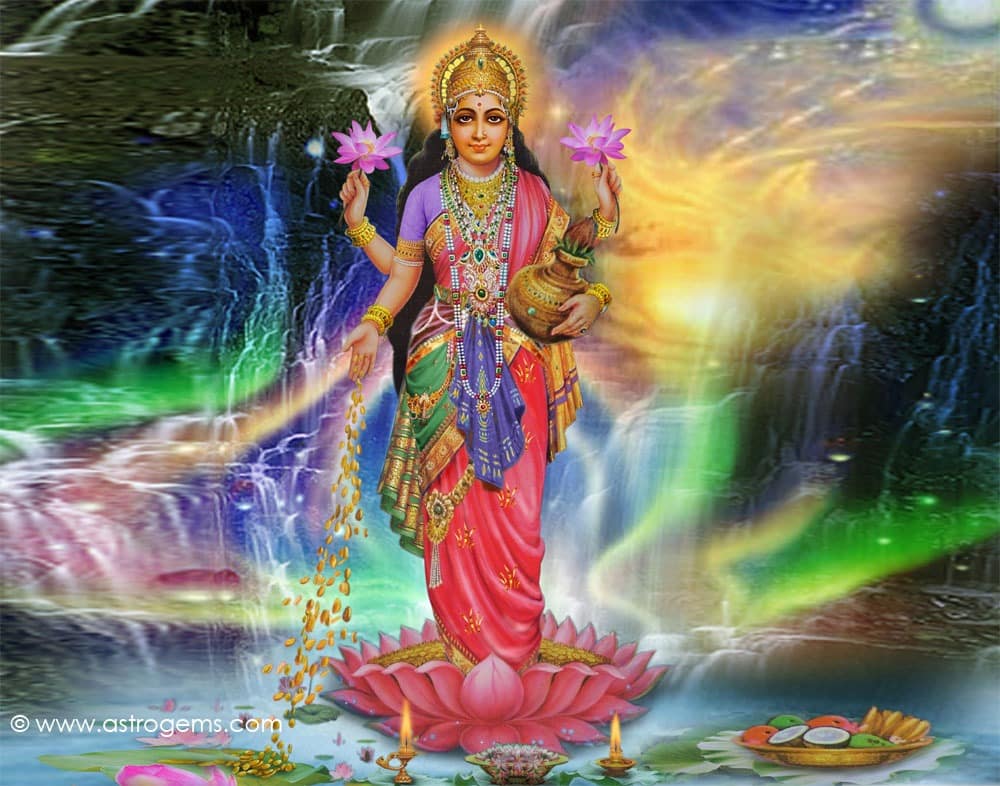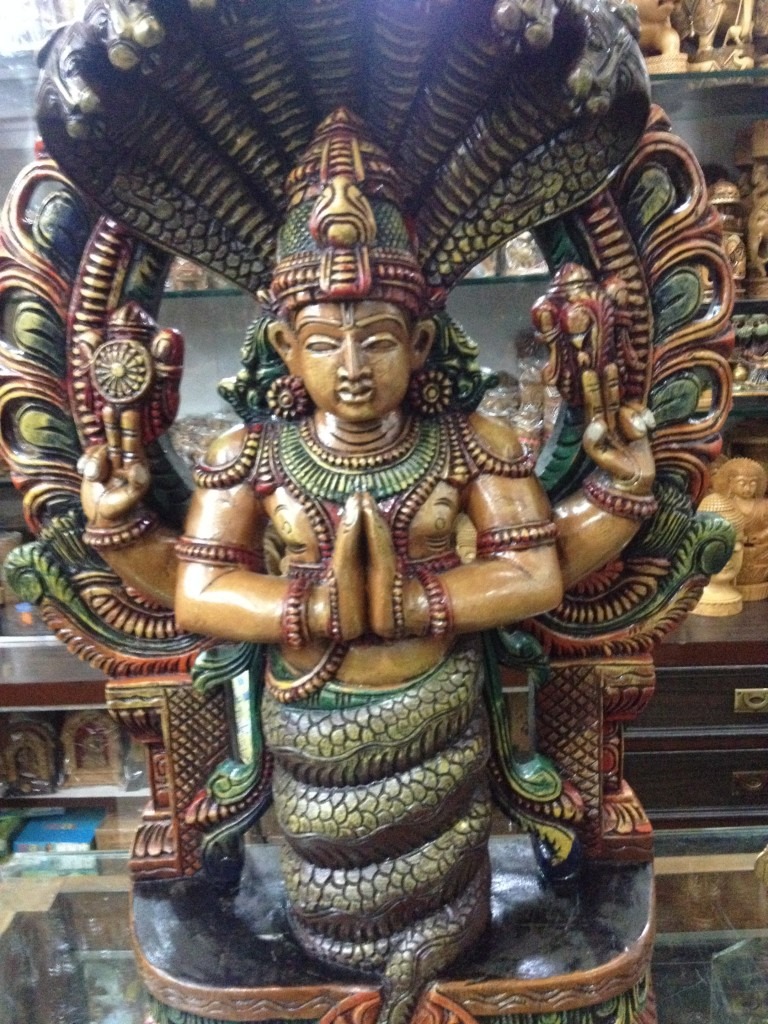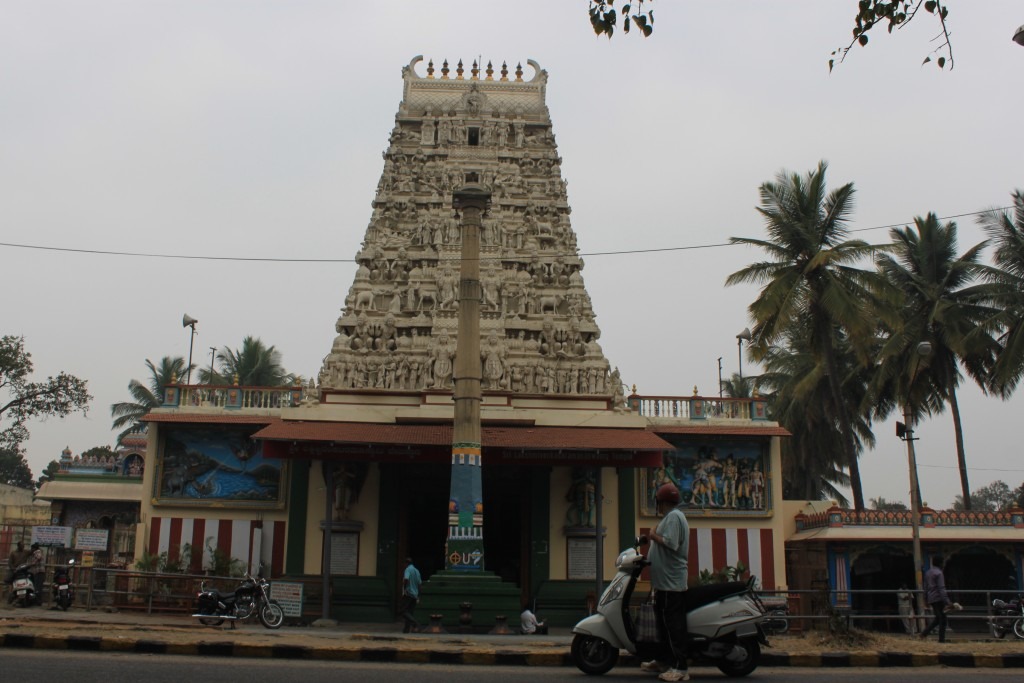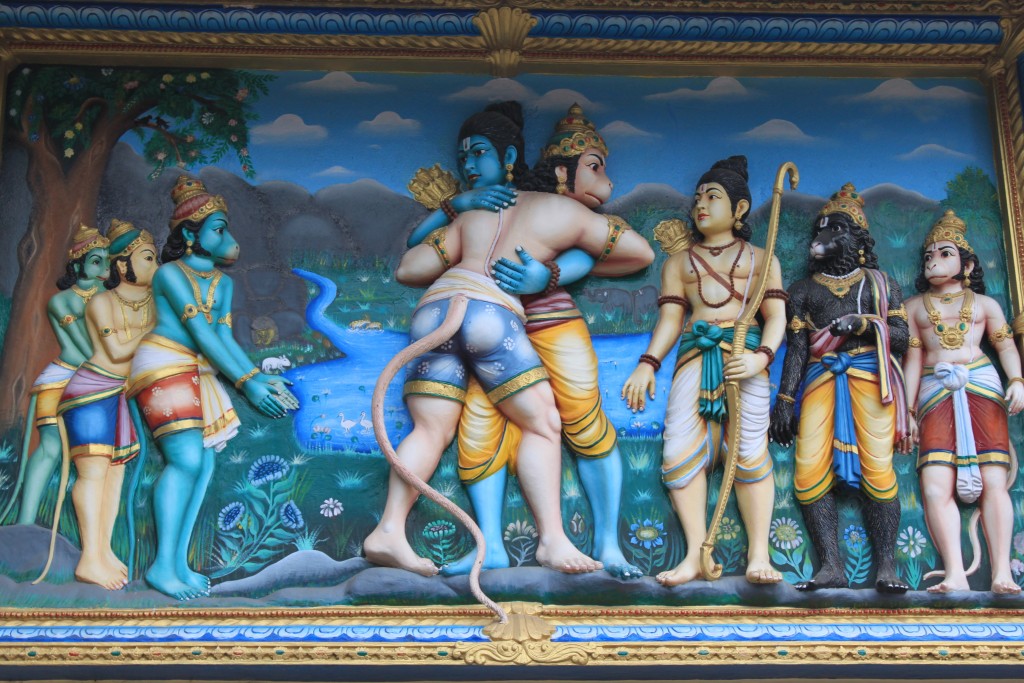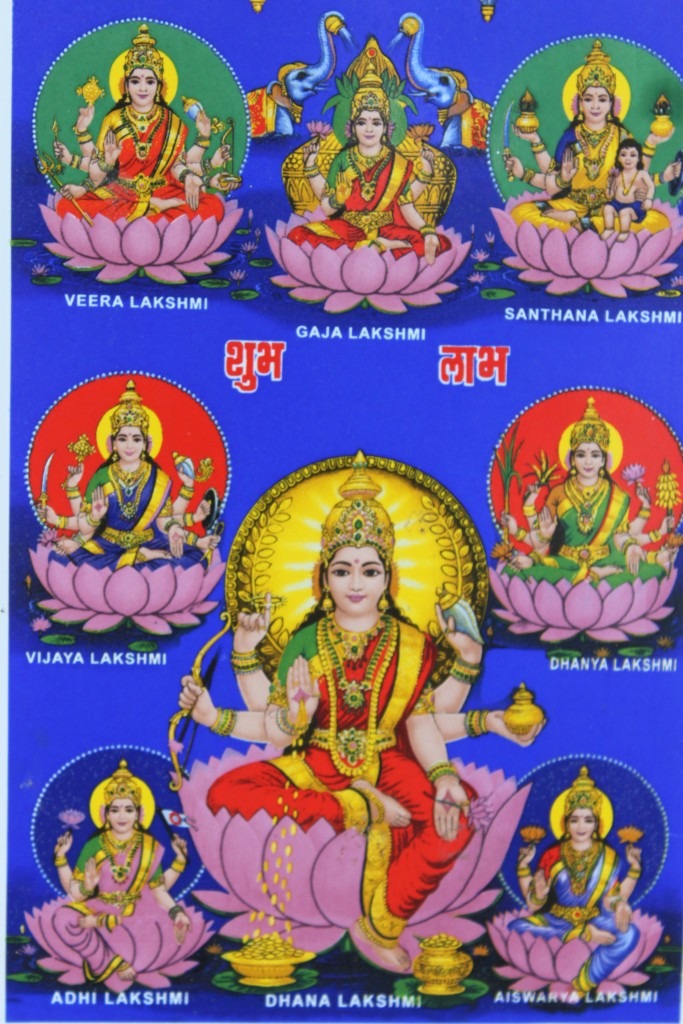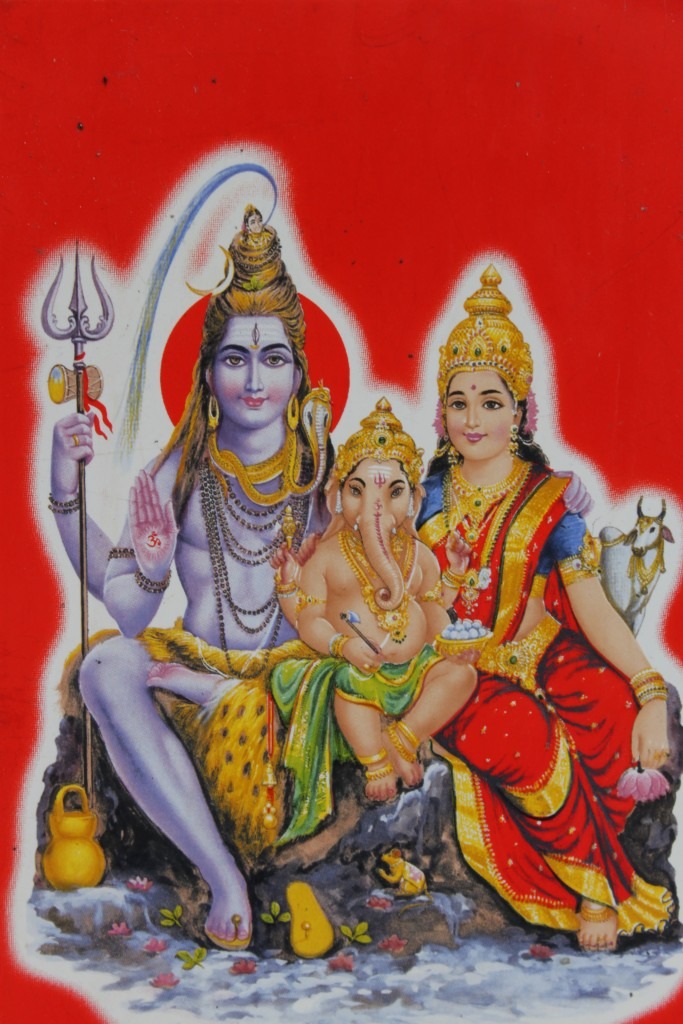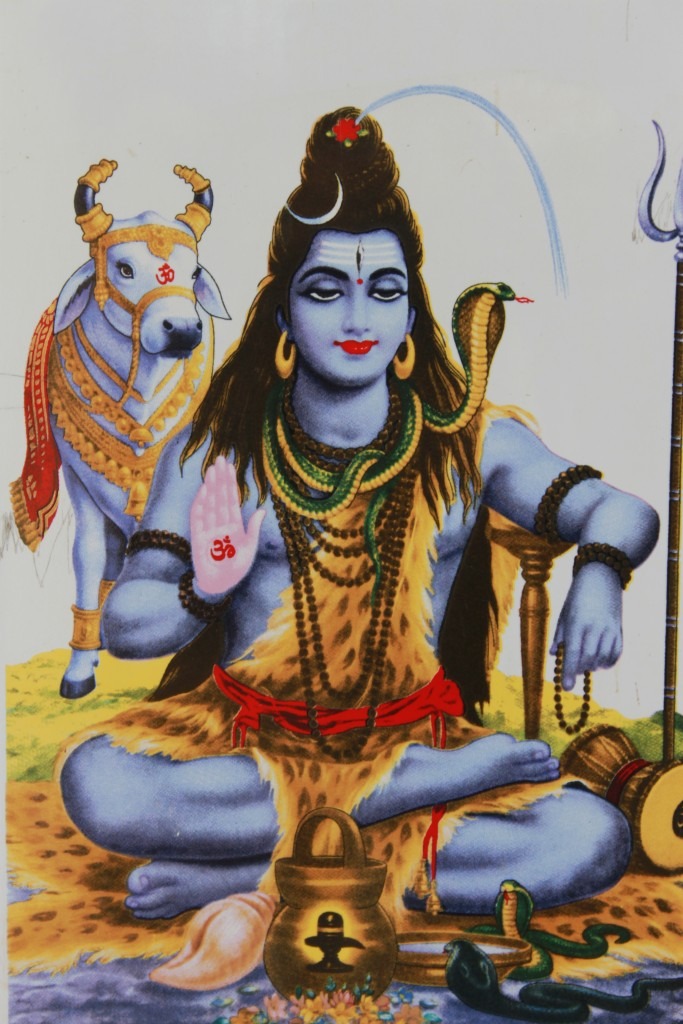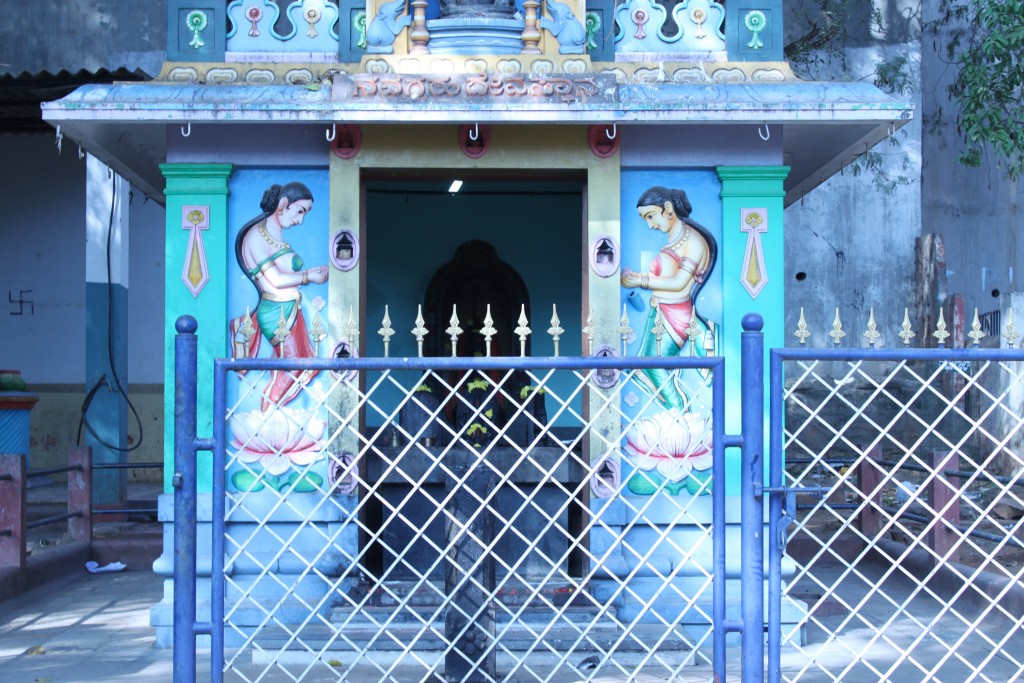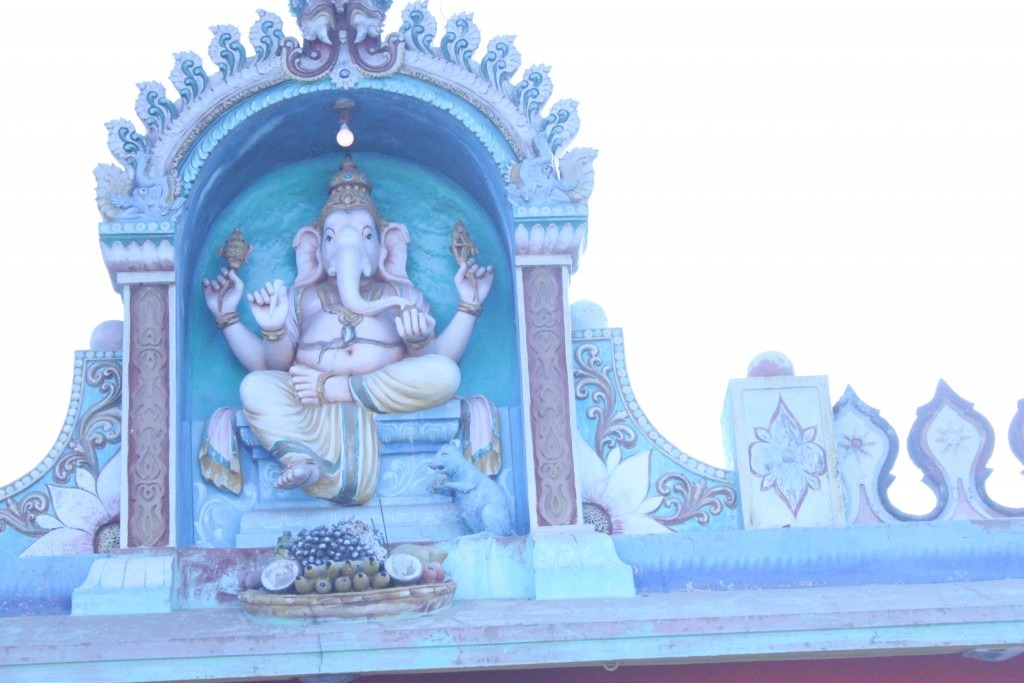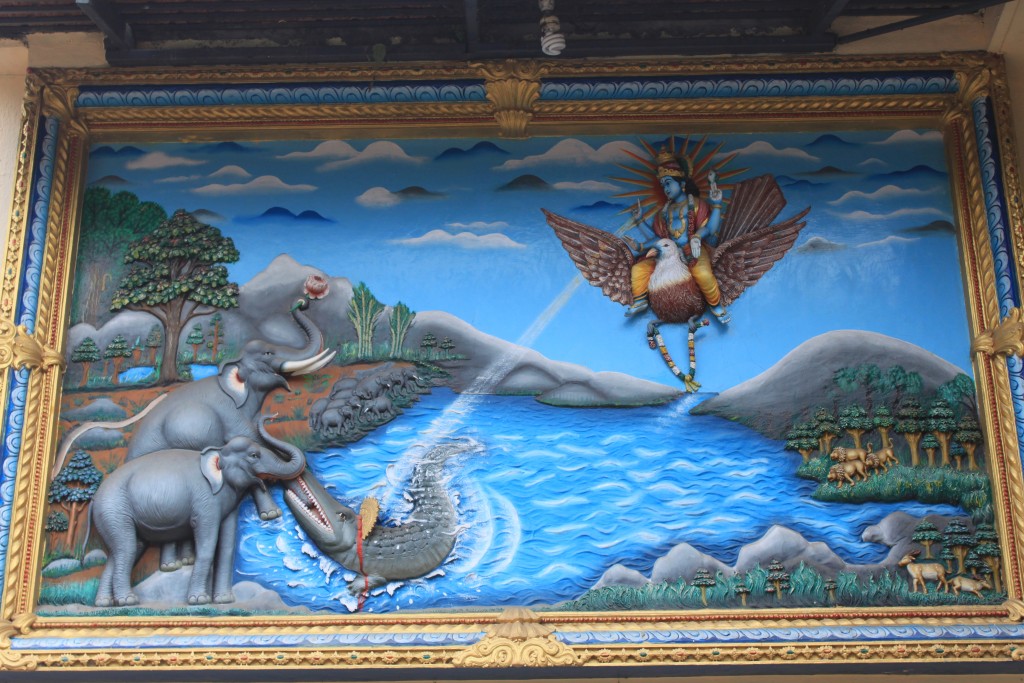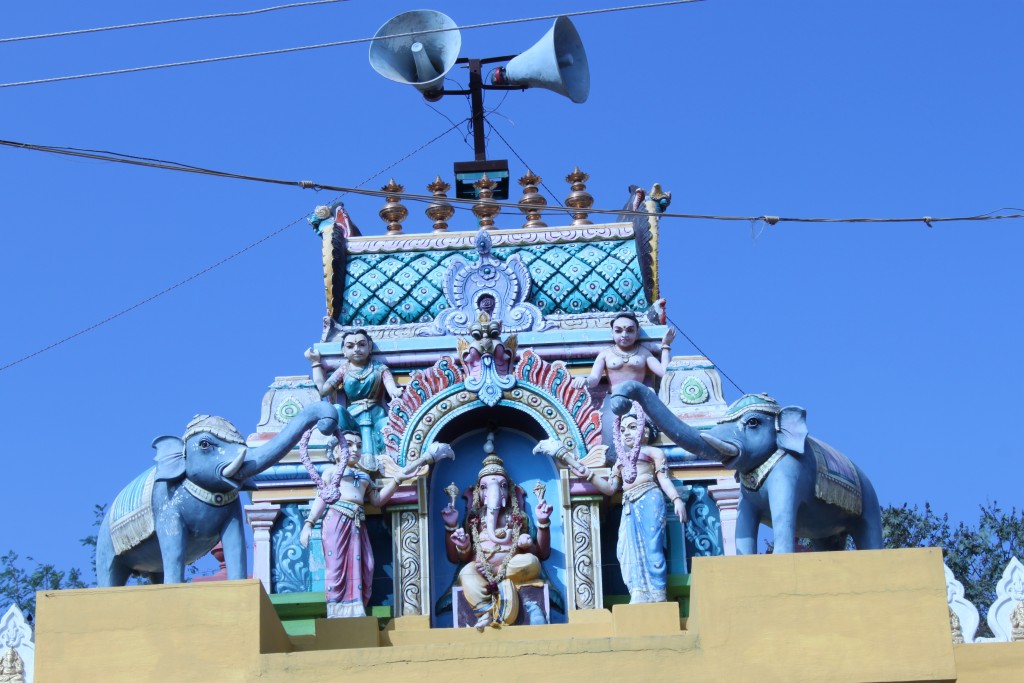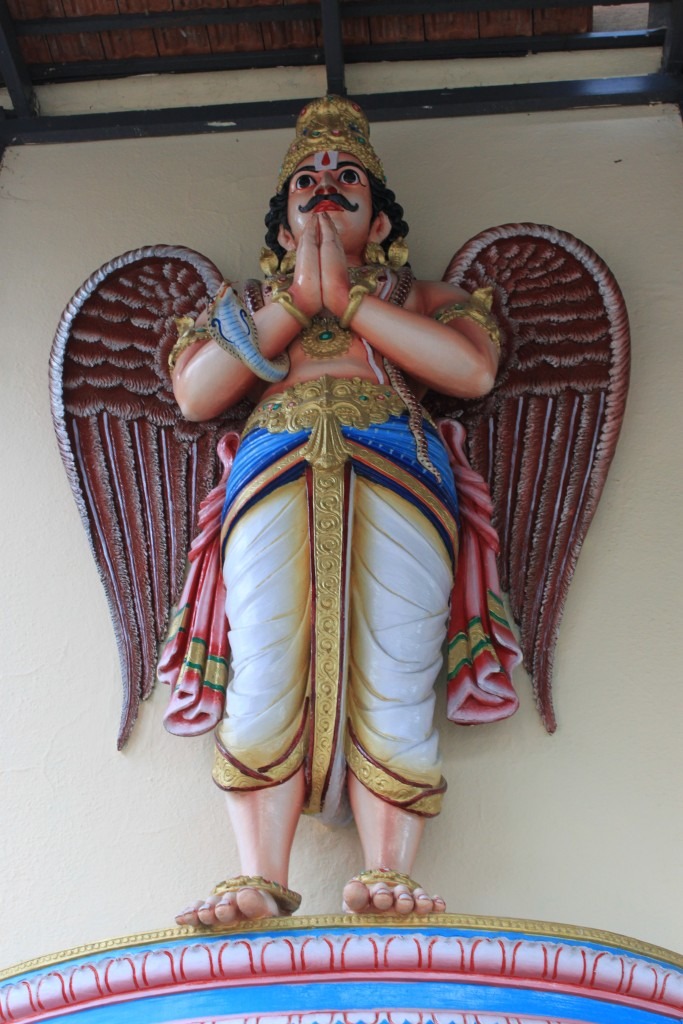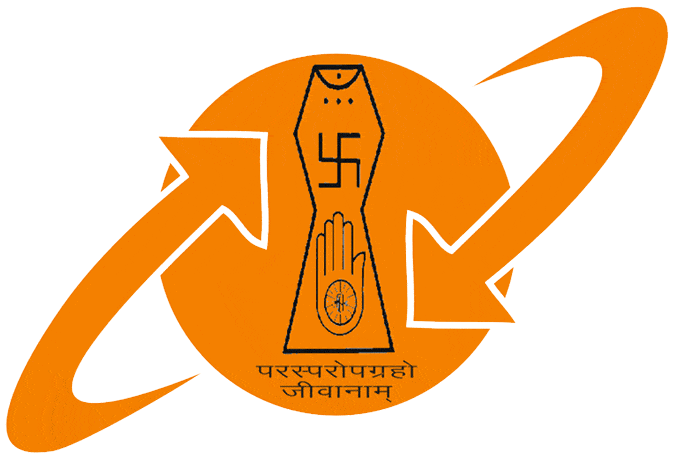Krishna Pattabhi Jois
Krishna Pattabhi Jois is the founder of the Ashtanga style of yoga and one of the most influential yoga teachers to have brought yoga to the west through the Ashtanga Yoga Research Institute in Mysore, India. I studied there in January 2015.
Jois was born on a full moon in 1915 in Kowshika in southern India. His father was a member of the Brahmin caste and Jois was taught rituals and Sanskrit from the age of 5. When he was 12 he attended a demonstration from Tirumalai Krishnamacharya and became his student the following day. Jois never told his family that he was practicing yoga, but would wake up early, practice, then go to school.
When Jois was 15 he ran away from home to head to Mysore to study Sanskrit. 2 years later, he was reunited with Krishnamacharya in Mysore when the older teacher came to heal the Maharaja of a sickness that no one else could cure. He would accompany Krishnamacharya in demonstrations at the established palace shala and continued to teach the yoga sequence that he learned from Krishnamacharya, the Ashtanga yoga method and continued to study under Krishnamacharya until 1953. He also claimed to be BKS Iyengar’s guru, which Iyengar refuted.
Jois married at 18 and in 1948 moved to Lakshmipuram (a beautiful suburb of Mysore) where they had three children: Saraswathi (who I studied with in Mysore), Manju, and Ramesh. Jois was a professor at the Sanskrit college, but eventually left to teach yoga full-time. In 1964, a Belgian named André Van Lysebeth wrote a text called “j’apprends le Yoga” (I taught myself yoga) and this is what started the spread of yoga to the West. Students from all over the world would come to study with Jois including Richard Freeman, Chuck Miller, David Life, Larry Schutlz, Bryan Kest, Gwyneth Paltrow, and even Sting. Many of these people would bring yoga into the west in their own forms of the Ashtanga yoga practice.
Eventually Jois moved from his 8 person shala in Lakshmipuram to a larger shala in Gokulam, which is where I studied with Saraswathi Jois. He wrote several books and died of natural causes on May 9th, 2009 at age 93.
Jois will forever have a footprint on the world of yoga; indeed many practitioners continue to study with his grandson Sharath Jois and daughter Saraswathi at the Ashtanga Yoga Research Institute in Gokulam.
Many have claimed that Jois was inappropriate with his adjustments, but this could have been a result of major cultural differences between the cultural standards of the US and Jois’ traditional upbringing. However, it is confirmed that Jois injured several students with his adjustments, including one woman who he broke both meniscus’.
The Ashtanga method is well known for its high rate of injury, most likely due to its optimization around the Indian body type, from which there are quite large deviations, especially in the west. One survey put the rate of injury rate at 62% for Ashtanga practitioners, however, Bikram Yoga and Iyengar Yoga have both had serious backlash from the media for causing injury. Iyengar’s students also incurred injuries such as one student who wrote a letter to William J Broad for his book, The Science of Yoga: “One of the saddest and most thoughtful letters came from an elderly man who studied with Iyengar in India for 16 years. His list of personal injuries included torn ligaments, damaged vertebrae, slipped disks, deformed knees and ruptured blood vessels in his brain.” Bikram, in particular, has been known to cause large amounts of injury and the founder himself has two rape charges against him. It is undoubtable that the competitive spirit of yoga in the west contributes to this high rate of injury and lack of respect for the body’s limitations.
Pattabhi Jois helped to spread yoga to the west as one of the pioneers of the exercise. His memory will be forever remembered by the tradition he began and the students whose lives he changed with his spiritual practice of the Ashtanga method and philosophical Hindu and Sanskrit doctrines accompanying the physical yoga that he taught.
Krishna Pattabhi Jois Read More »

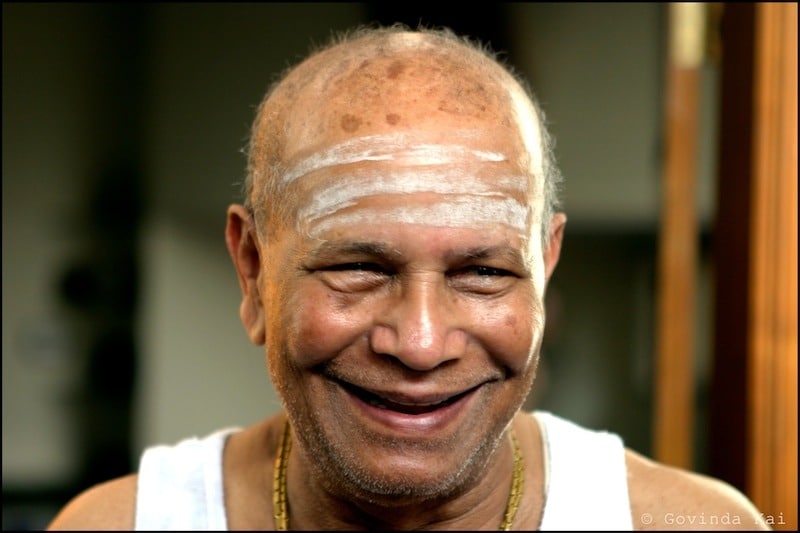
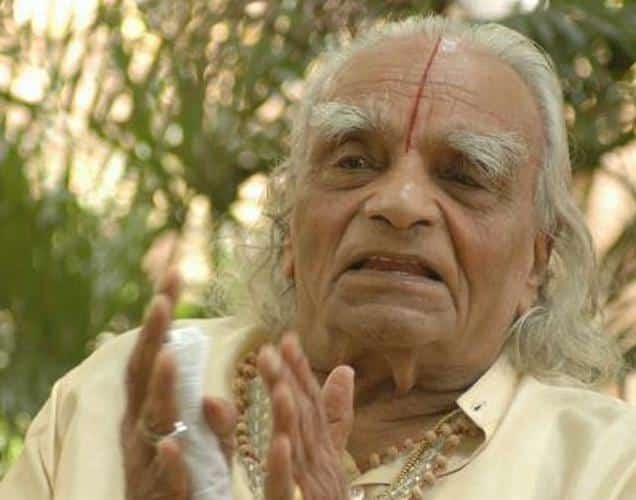


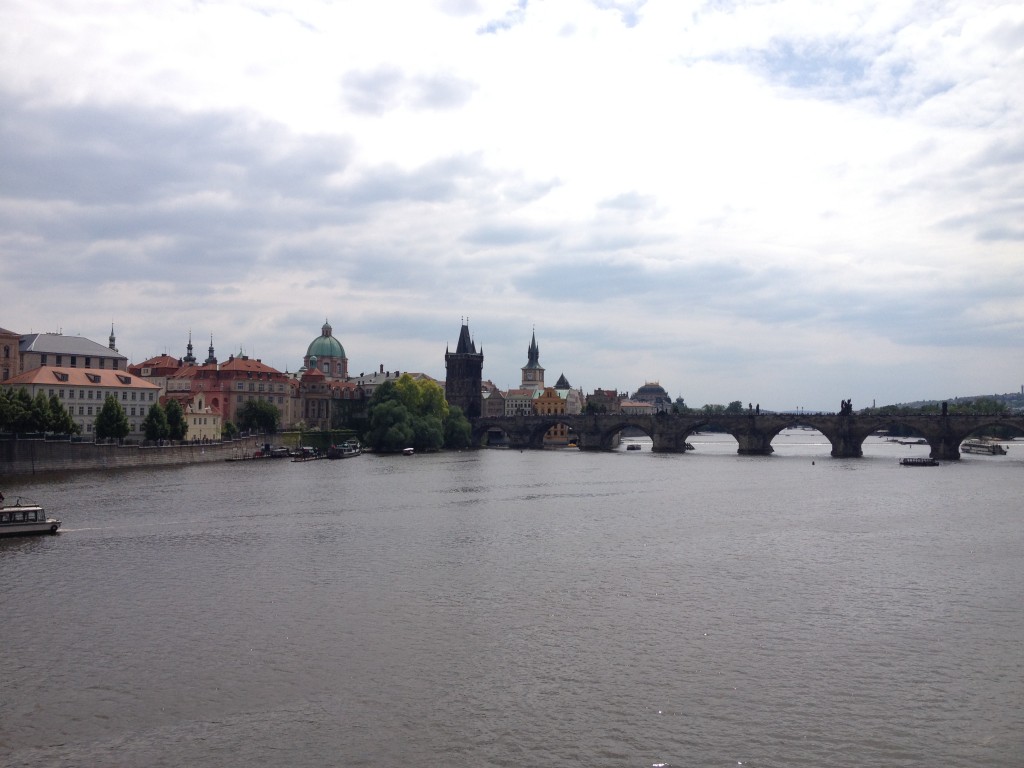
!["Rough diamond" by Unknown USGS employee - Original source: USGS "Minerals in Your World" website. Direct image link: [1]. Licensed under Public Domain via Wikimedia Commons - http://commons.wikimedia.org/wiki/File:Rough_diamond.jpg#/media/File:Rough_diamond.jpg](https://elliottelford.com/wp-content/uploads/2015/05/Rough_diamond.jpg)

